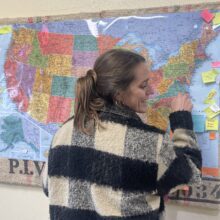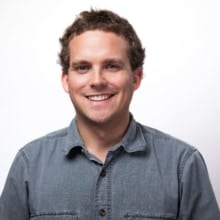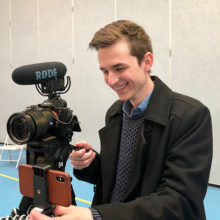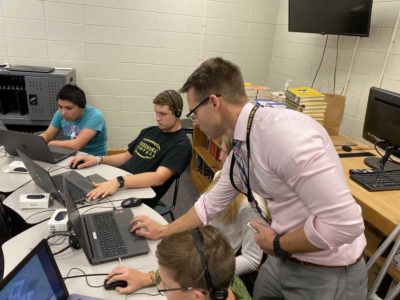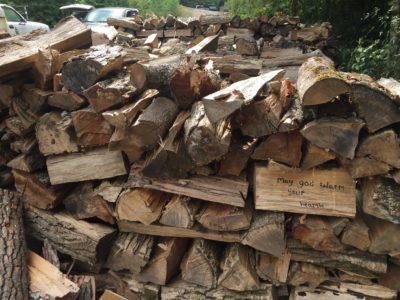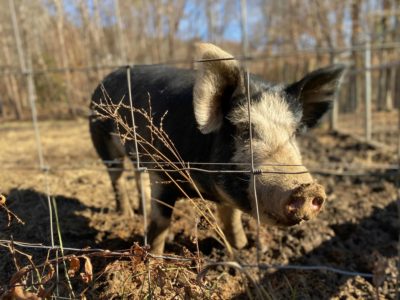Annie Lloyd has worked for Clay County Schools for more than 45 years. She raised seven kids in Hayesville, not including the hundreds who have ridden her bus route and call her “mawmaw.” In this rural, western area of North Carolina, Lloyd has woken up early for 27 years, excited to pick up students and deliver them safely to school every day.
“The kids are the first thing you see every morning … Even if you’re down, seeing that kid’s smile picks you up.”
Annie Lloyd, Hayesville High School employee

She is a beloved in the Hayesville community. And she’s the perfect person to wrap-up what has been a two year project for EducationNC. We set out to learn about one rural community in the far west of our state. What did we find?
The first distinction that must be made is one we borrow from Jason Gray of the NC Rural Center. He has been known to say, “If you’ve seen one rural place, you’ve seen one rural place.”
This means rural places have their own unique assets and people, which makes for exceptional stories.
Our state is made up of 100 counties, and 80 of them are considered rural by the NC Rural Center. Among the nation’s most populous states, “North Carolina has the largest proportion of individuals living in rural areas,” says Rebecca Tippett of Carolina Demography. Our state is second only to Texas in rural population. We say all this to put into perspective how many North Carolinians live in rural places, and we marvel at the scope of their stories that need to be told.
The video below arrived in Caesar Campana’s inbox while his global studies class was finishing up an episode of Anthony Bourdain’s Parts Unknown. The Hayesville High School educator says his class was “assessing whether the Parts Unknown crew does justice to Kenyan author Binyavanga Wainaina’s lifelong request that his people and place be portrayed fairly and accurately by outsiders peering in.”
In what I like to imagine a moment of kismet, Campana was able to play the below short film for his students after that conversation. The lens fatefully turned — the audience became the subject.
“The room exploded with epiphanies and self-reflection; all of the sudden they were the subject being documented. The students were honored, they were proud, and they were dumbfounded at how well you looked, you listened, and you portrayed our story exactly as they would have. What a powerful teachable moment.”
Caesar Campana, English and STEAM educator, Hayesville High School
This is a thank you note to the people of Hayesville, who took the time to show us the gifts of their community. Lake Chatuge, the Hiwassee River, Fires Creek, and natural wonders all make appearances in this short film. But it was the people who make the rural place beautiful. Here is their story.
Behind the Story
Caroline Parker did the reporting and shot the footage for this story. Taylor Shain produced and edited the film, and Robert Kinlaw assisted.


